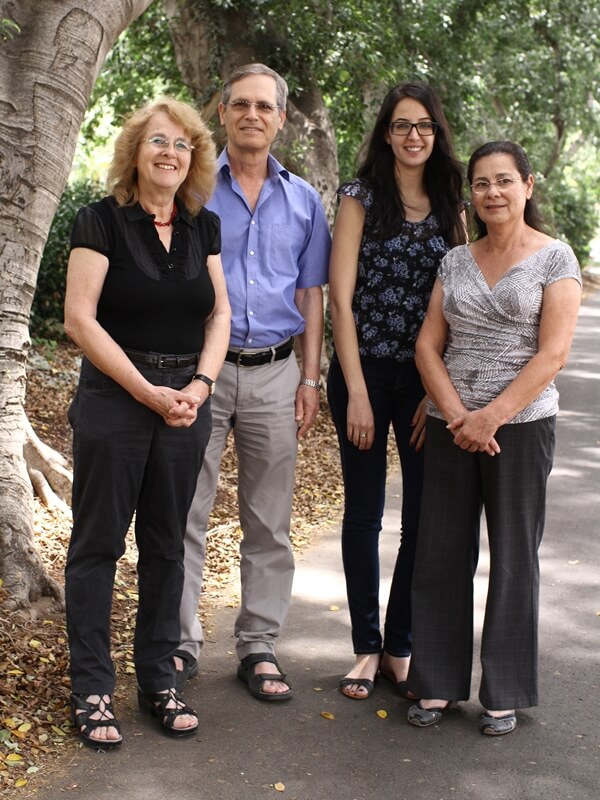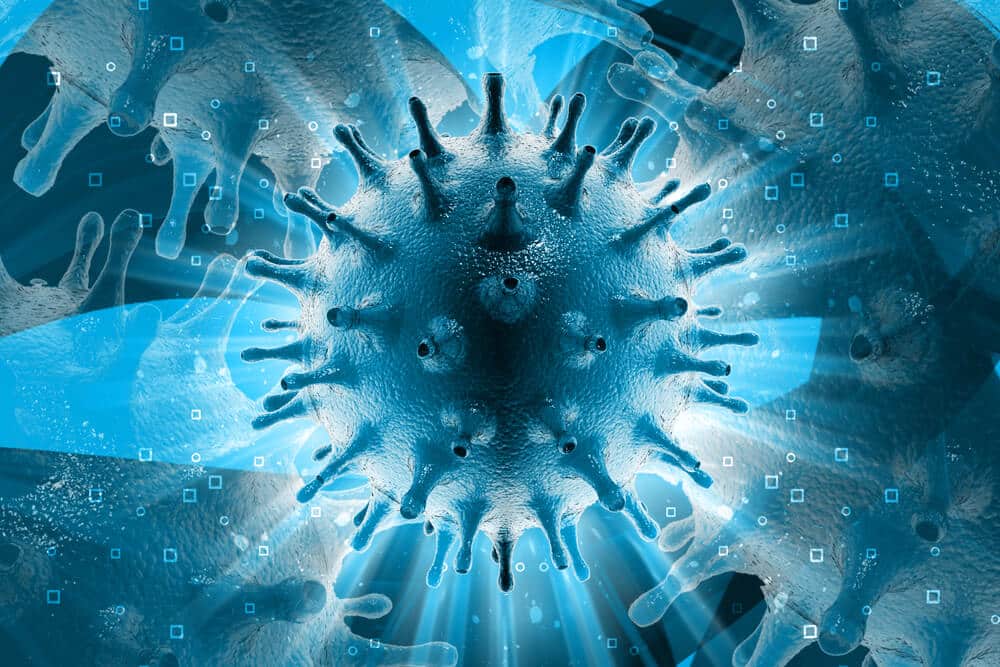A sneaky virus called VSV has puzzled scientists for a long time. Since it is a champion in penetrating cells, it is used in gene therapy, and in the future, it may be possible to develop a method to cure cancer. But although medical researchers have been using it extensively for over 30 years, its mechanism of entry into cells remains a mystery. Weizmann Institute scientists have now solved the riddle, as reported in the Journal of the American National Science Association (PNAS).

A sneaky virus called VSV has puzzled scientists for a long time. Since it is a champion in penetrating cells, it is used in gene therapy, and in the future, it may be possible to develop a method to cure cancer. But although medical researchers have been using it extensively for over 30 years, its mechanism of entry into cells remains a mystery. Weizmann Institute scientists have now solved the riddle, as reported in the Journal of the American National Science Association (PNAS).
The VSV virus is particularly convenient for research and treatment of patients, because it causes disease in farm animals, but rarely harms humans: although it can penetrate human cells with great success, it is nonetheless harmless to them. Because of this, it is routinely used in gene therapy, to insert genes into cells. In addition, it may be possible to use this virus to cure cancer, because it selectively kills cancer cells.
About 20 years ago, Prof. Menachem Rubinstein, from the department of molecular genetics at the Weizmann Institute of Science, discovered that cells treated with the antiviral protein interferon secrete a soluble protein, which is the same as the extracellular part of the receptor for LDL, the "bad cholesterol". He postulated that the virus enters the cells by binding to LDL receptors on the surface of the cells. But in experiments with cells lacking the LDL receptor, it became clear that the virus nevertheless manages to enter them.
In the new study, a group of researchers from Prof. Rubinstein's laboratory, led by research student Danit Finkelstein, along with Dr. Ariel Verman, Dr. Daniela Novick and Sarah Barak, found that the VSV does sneak into the cells through the LDL receptor. The virus manages to do this by means of molecules found on its surface, which mimic LDL. These molecules serve as a kind of "thieves' key", which opens the receptor "lock" on the surface of the cell.
But how does the virus enter cells that lack the LDL receptor? The scientists tested the hypothesis that the VSV virus enters the cell through several receptors; That is, not only through the LDL receptor, but also through other receptors whose structure is similar to his, and which belong to the same family, called the LDL receptor family. To test this possibility, they conducted experiments with a protein called RAP, which blocks all receptors in the LDL family (but for some reason does not block the LDL receptor itself).

Indeed, when they treated the cells lacking the LDL receptor with the RAP protein, the virus was no longer able to enter them. In other words, the experiments confirmed the hypothesis: VSV does enter the cells mainly through the LDL receptor, but also through other receptors from the LDL family.
This new understanding may be important for the development of cancer treatments based on the VSV virus. Colon cancer cells have especially many LDL receptors, so the virus may selectively kill them.
In addition, the research findings may improve gene therapy: increasing the number of LDL receptors on the surface of the target cells will facilitate the entry of the virus carrying the desired gene. It may be possible to achieve this with anti-cholesterol drugs such as statins, which work by increasing the number of LDL receptors on the surface of cells.

One response
Kudos to those researchers, writers and my father who chose to publish it here,
It is hard to ignore here the feeling that this is the way to eradicate a certain type or types of cancer.
I came up with an idea, maybe in every publication of this type that is often accompanied by assessments about the expected success, to add an expected success index according to their opinion, an example, from one to ten, for example 7 is a good expected level of success, 9 is excellent and so on.
This will give the readers more important information to understand the chance according to the experts for the all important success.